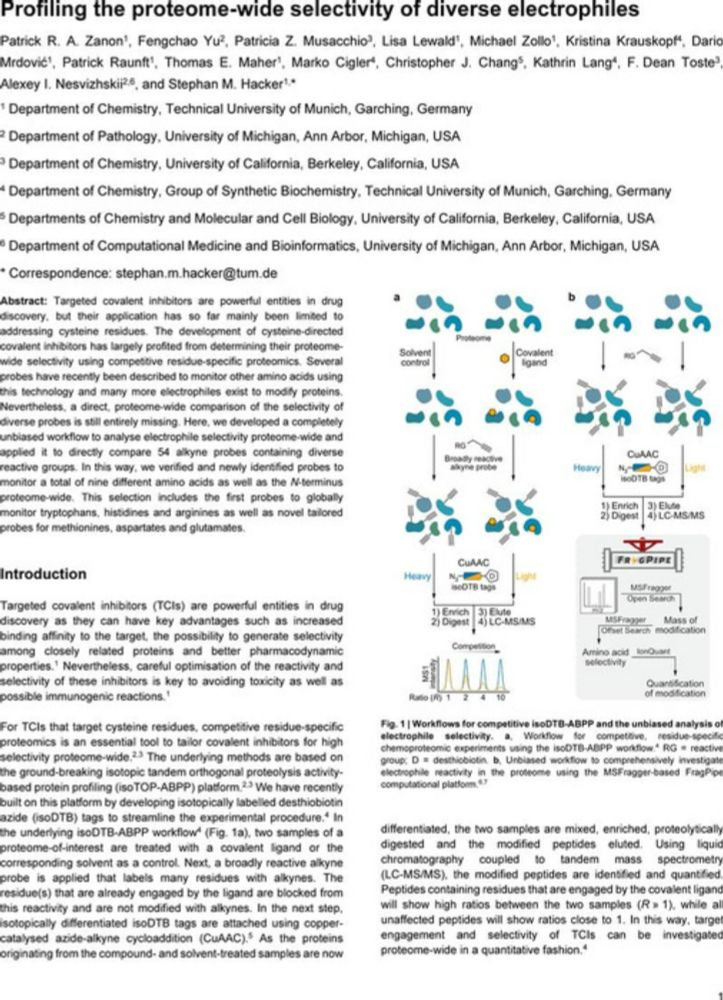
PhD in Chemical Biology from TBP lab @ Aarhus University, Denmark.
Covalent modifiers, chemoproteomics, morphological profiling / cell painting
ORCID: 0000-0001-5118-6499
@carolynbertozzi.bsky.social @ritastrack.bsky.social @stephanhacker2.bsky.social @stuartcantrill.bsky.social @laurahowes.bsky.social @dirktrauner.bsky.social @chemjobber.bsky.social @dereklowe.bsky.social
#chemsky

Finally: Big thanks to all collaborators for their assistance in making this project become real 🙏
Finally: Big thanks to all collaborators for their assistance in making this project become real 🙏







